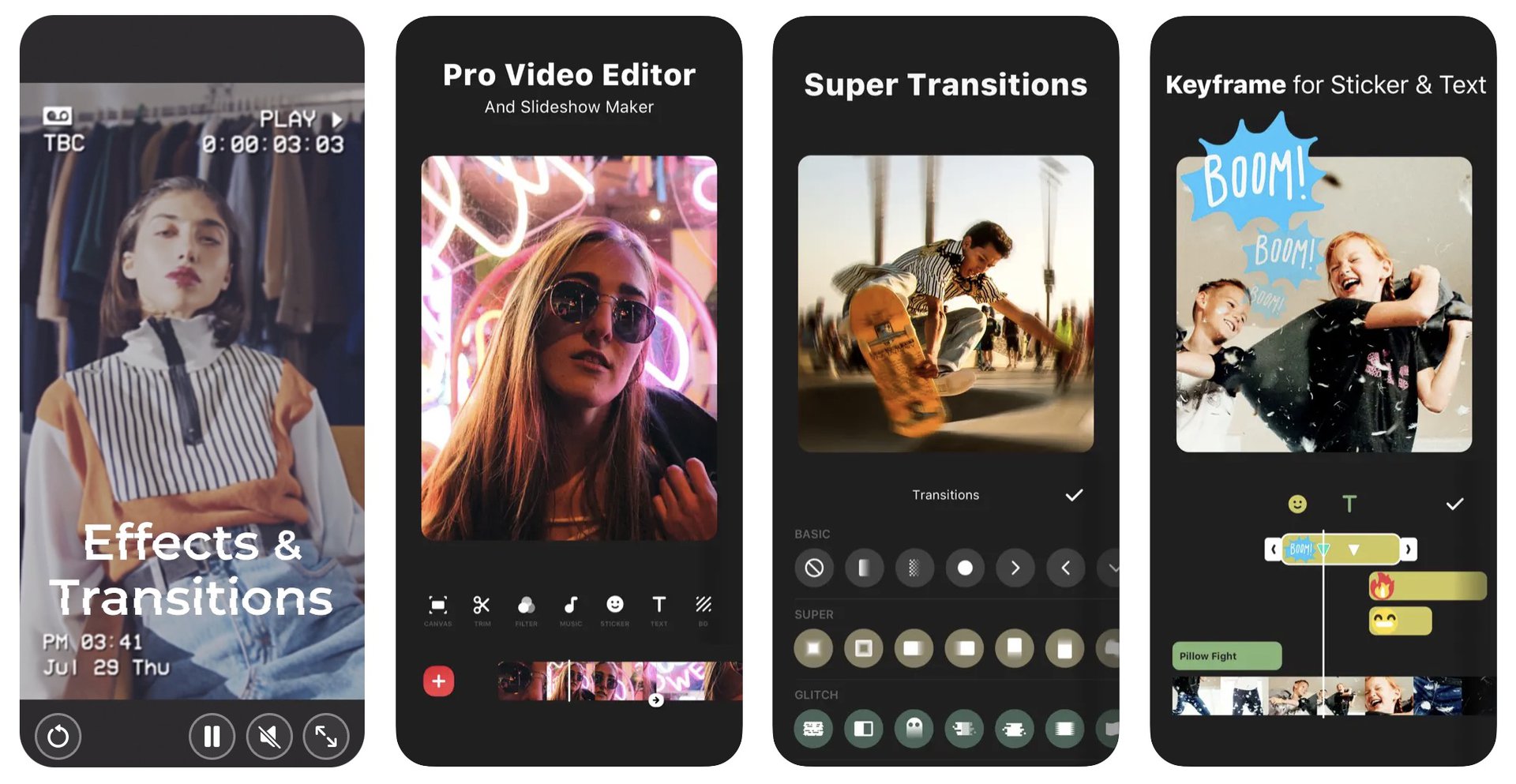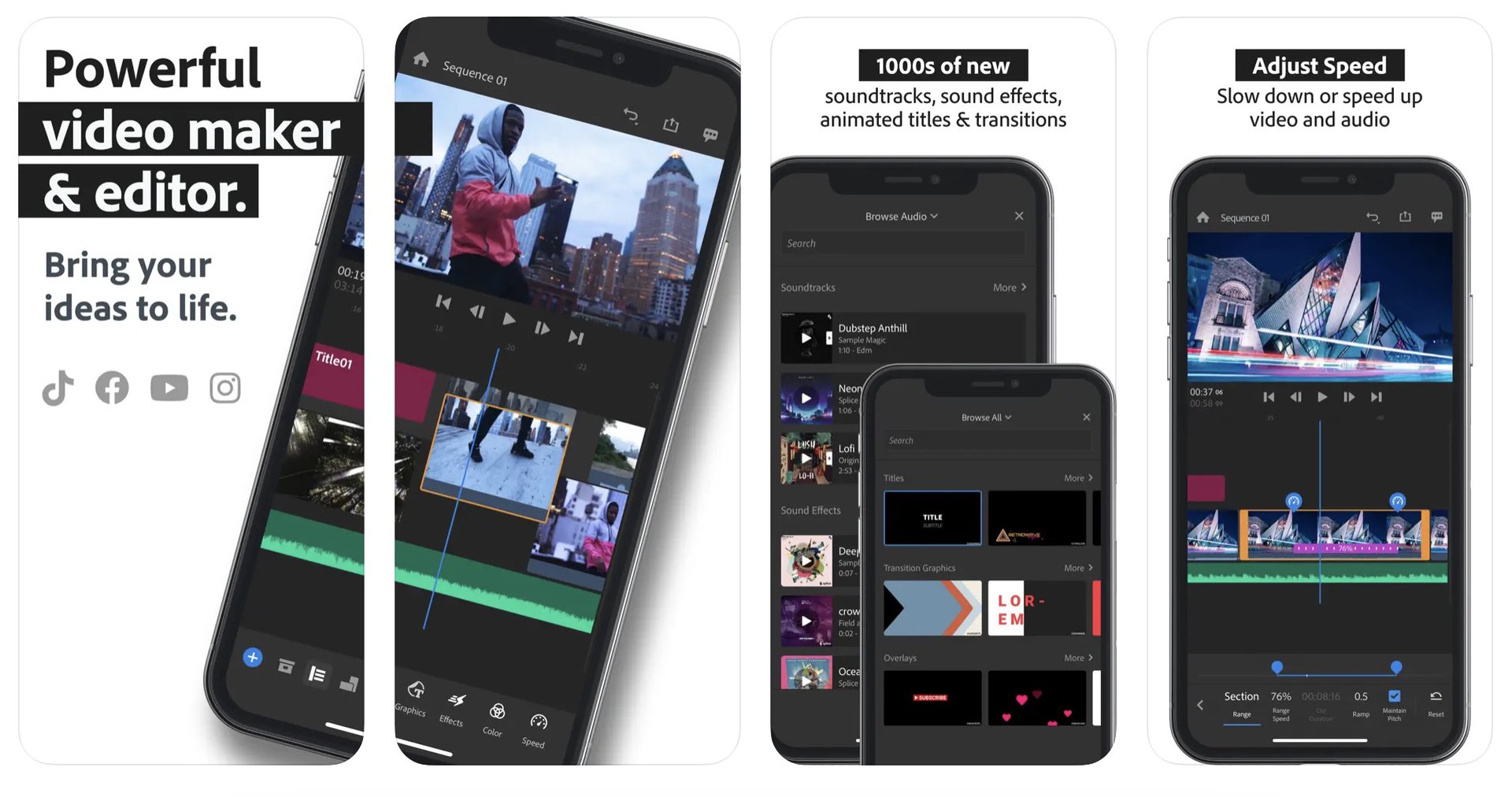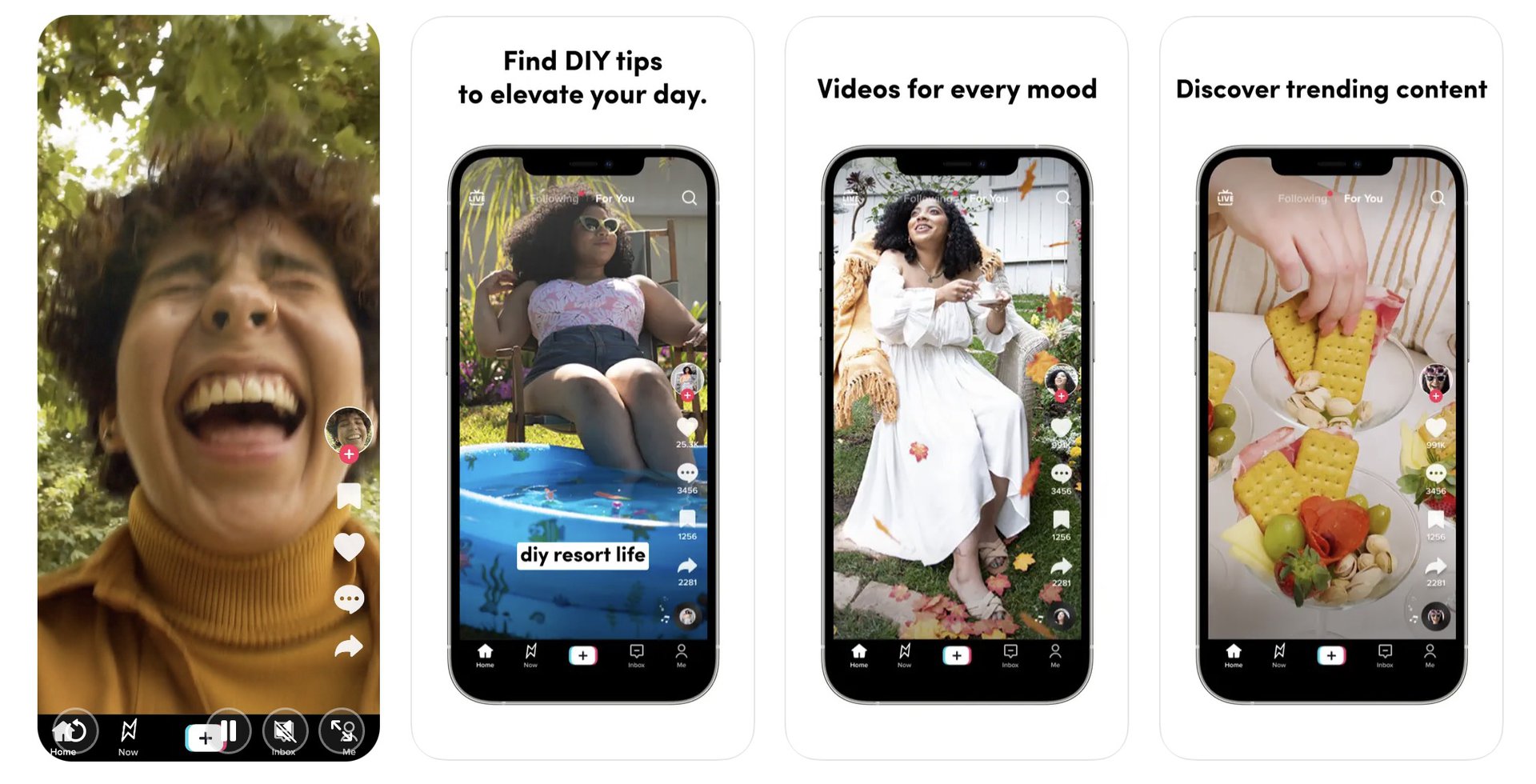Affiliate links on Android Authority may earn us a commission. Learn more.
How to edit videos on iPhone - a complete guide
Published onFebruary 27, 2023
The iPhone camera has come a very long way since the first iPhone was introduced to the world. It is now possible to make cinema-quality videos using an iPhone with Steven Spielberg even getting in on the action. But if you’re making videos with an iPhone, you also need to be able to edit videos on an iPhone. So what editing features and capabilities are available on an iPhone and what do you need to outsource to a third-party app? Let’s delve into the subject.
Read more: How to shoot and export ProRes video on the iPhone
QUICK ANSWER
If you want to edit videos on the iPhone, you first need to decide what you want to do. If the edits are basic, then the Photos app or iMovie will likely suffice. But anything more advanced will need a third-party app such as Adobe Premiere Rush or LumaFusion.
JUMP TO KEY SECTIONS
How much editing do you need to do?
Before you can decide what app to use, you first need to ask yourself how much editing is required on your video.
How complex are the edits? Is this just a simple no-frills video that you intend to put on TikTok to show everyone the avocado on toast that you had for lunch? Or is this a film that you hope will win the Best Movie Oscar? Deciding how much work you need to do, and what effects you need to achieve, will help you decide what kind of app you need to use.
A particular app — such as iMovie — may be good but they also all have their limitations. For example, if you want swirling pink colors coming out of a person’s bottom, then iMovie won’t be able to accomplish that for you. But if you just need to do some cutting, voiceovers, and add some music, then anything other than iMovie would be complete overkill.
Edit from your camera roll, iMovie, or a third-party editing app?
When it comes down to it, you have really only three choices for editing videos on an iPhone. You can either edit from your camera roll (the Photos app), use the built-in free iMovie, or use a third-party editing app which will likely cost you a monthly subscription. Each method has its pros and cons.
Photos app
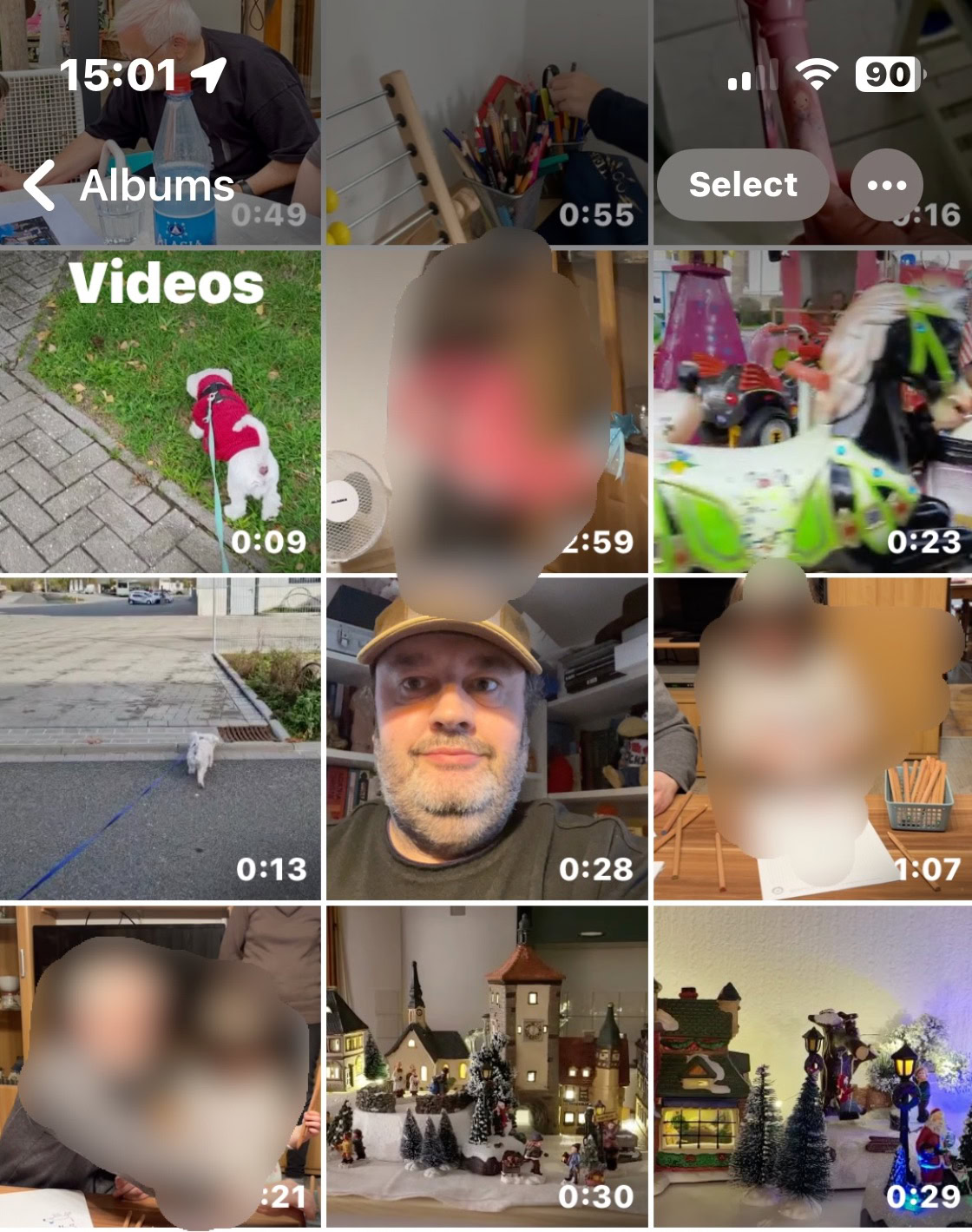
Unless you are using a third-party camera on your iPhone, such as Filmic Pro, then you will most likely be making all your videos with the built-in camera app. So it makes sense that, for really basic edits, you don’t reinvent the wheel and you just keep using the Photos app for your edits as well.
This is good for trimming off bits at the beginning and end that you don’t need. You can also rotate the video, add a filter, speed up footage, and add the slow-motion effect to certain parts of the video.
iMovie
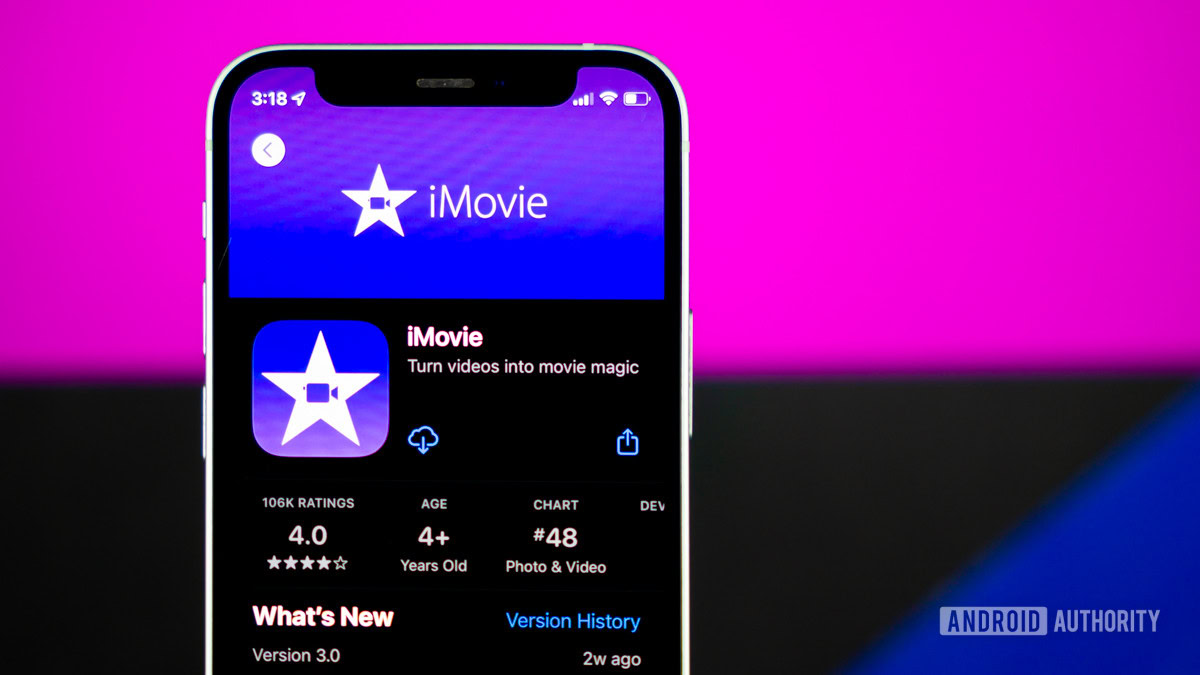
The next step up from the Photos app is iMovie, and it comes free of charge on all Apple devices. Using iMovie is much easier and intuitive on a Mac computer or iPad, and rather more fidgety on a smaller iPhone screen. But with some trial and error, you’ll get there in the end.
iMovie provides many more video editing features than the Photos app, such as cropping, fading in and out, text overlays, audio splicing, adding music and voiceovers, filters, rotating the screen, and much more. Anyone whose name is not Quentin Tarantino who needs to edit a video on an iPhone will find iMovie to be more than enough.
Third-party apps
If, for any reason, you find the Photos app or iMovie insufficient for your needs, then there are plenty of third-party apps happy to take your money to edit videos on your iPhone. Whether or not they all live up to what they promise is something you would need to discover on your own. Virtually all of them offer free trials, so you can give one a shot before handing over any crisp banknotes. Don’t like it? Then cancel the free trial and you haven’t lost anything.
But really, unless you go for Adobe Premiere Rush or LumaFusion, you’re not really going to get anything that iMovie can’t do for free.
The best video editing apps for iOS
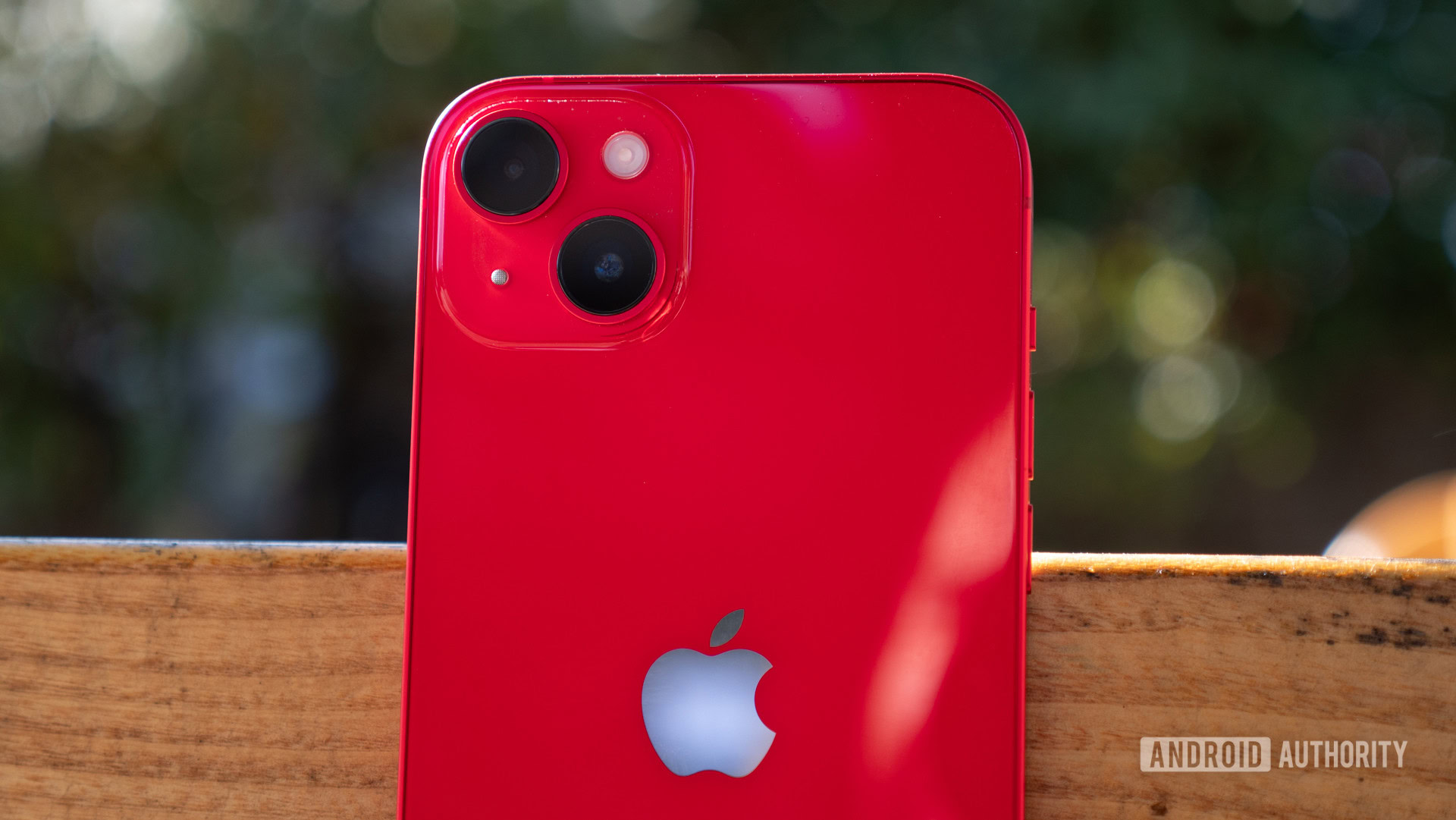
Let’s now take a look at some of these third-party apps that you could potentially consider for your iPhone video editing needs.
Adobe Premiere Rush (starts from $3.99 a month)
Adobe is always the old dependable standby to edit video on an iPhone. Unfortunately, being Adobe, it doesn’t come cheap. Although the cheapest price is $3.99 a month, there are ten price tiers taking it all the way up to $100 a year. Adobe apps are also usually not the easiest to learn, so if you’re looking for something with an easy learning curve, it may be best to look elsewhere.
Premiere Rush comes with advanced audio editing tools, image editing tools, and the ability to export in 4K movie quality.
GoPro Qwik (starts at $4.99 a year)
GoPro Qwik is only for those with a subscription to GoPro or Qwik. You can basically upload your GoPro camera footage directly to the app and edit it there. You can use your phone as a remote control for your GoPro device, turn a video frame into a high-resolution photo, add filters and themes, and even sync your video footage to the beat of the music you just added.
LumaFusion ($29.99 with in-app purchases)
LumaFusion is one of the few third-party video editing apps that you need to pay to download. The others are free to download, but you have to buy in-app purchases to get anywhere with them. LumaFusion, on the other hand, is one up-front payment and that’s it. However, like Adobe Premiere Rush, it is difficult to master LumaFusion and the number of features available is just a bit overwhelming.
For example, you can add up to 12 audio tracks, replace a green screen with another background, make time-lapse videos, create multilayer titles, edit the video metadata, and much more. An app like this should only really be used for professional standard films. You definitely don’t need 12 audio tracks and a green screen for filming your niece’s birthday party and clown show.
TikTok (free)
You may be doing a double-take right now, wondering why we have included TikTok. Is it better than iMovie? Not at all. But since TikTok is a video social media platform, it makes sense that it has video editing features. And if you’re making a video on your iPhone, with the intention of posting it to TikTok, why use another editing program? There’s no need to make life difficult for yourself.
TikTok comes with the usual filters, effects, cutting, and other basic editing tools to make your video go viral. Oh, and don’t forget the music. How can we forget about music on TikTok?
Editing videos from the camera roll
Let’s now have a look at how to do basic edits with the Photos app. Open the video in the app and click Edit at the top. This opens up the various editing options.
The first one to look at is the cropping function. You can specify a start and end to the video by sliding your finger across the video timeline at the bottom of the screen. The part encased in yellow will be your movie. You can revert any edits and go back to the original version if you make a mess of it. Tap Done when you’re finished.
There are also three buttons along the bottom which also provide editing tools.
- The one that looks like a dial is for changing the picture quality. Auto will change the picture the way the iPhone software thinks it should be changed to. But if you want tighter control over it, you can select one of the many image tweaking options and use the slider to get the desired result. You can choose from things like Exposure, Highlights, Shadows, Contrast, Saturation, and many more.
- The next one is three circles intertwined with one another. This is the picture filter. So you can have a warmer picture, cooler picture, a “dramatic” tone, black and white, and more.
- The third one is the crop and rotate button. As the name implies, you can crop your picture and turn it around, if you fancy being upside down.
Editing from iMovie
If you want to get a bit more adventurous with your videos, but you don’t need something as powerful as Adobe or LumaFusion, then iMovie is your go-to app. If you have uninstalled it from your device, you can reinstall it for free from the App Store.
There are three possible movie formats available:
- Magic Movie: give iPhoto the media and iMovie will automatically create a movie for you. The results can be rather hit-and-miss, but still quite good if you’re pinched for time.
- Storyboard: choose a theme for your film and iMovie will give you the appropriate template with the right effects.
- Movie: choose your media and basically do everything yourself manually.
iMovie can let you do things such as split and crop the video footage, add or remove audio, increase or decrease the audio, add filters and text overlays, and much more. Considering this is a free app, iMovie is a really good tool to master if you’re in the habit of regularly producing videos on an iPhone.
Read more: How to compress video on the iPhone
FAQs
Every Apple device comes with iMovie preinstalled. Using iMovie, you can do various editing functions, such as adding music, adding transitions, trimming video, inserting voiceovers, and more. You can also export that edited video off your device. iMovie is good, but it does not have premium video features. However, most people will find iMovie sufficient for their needs.

